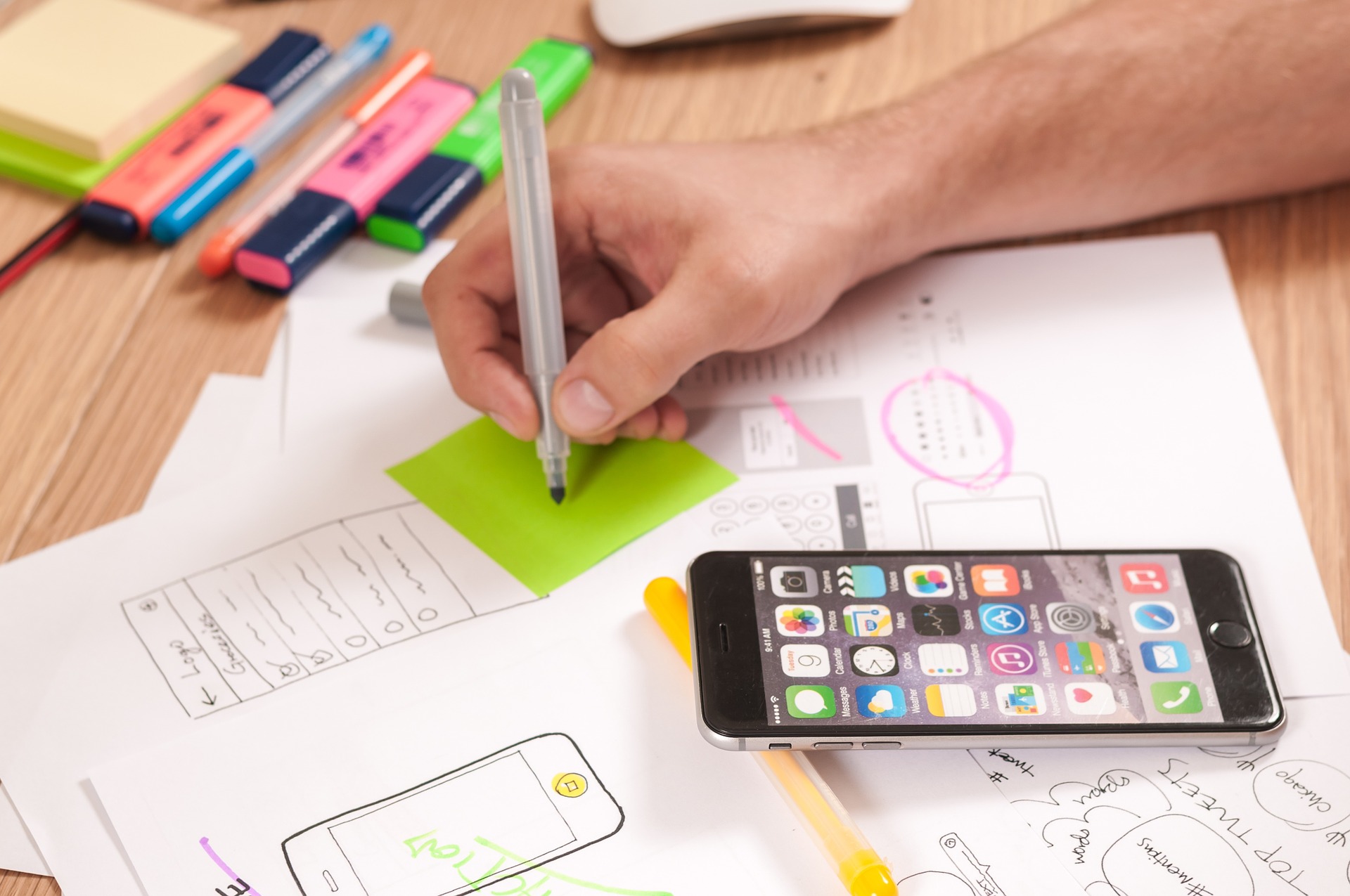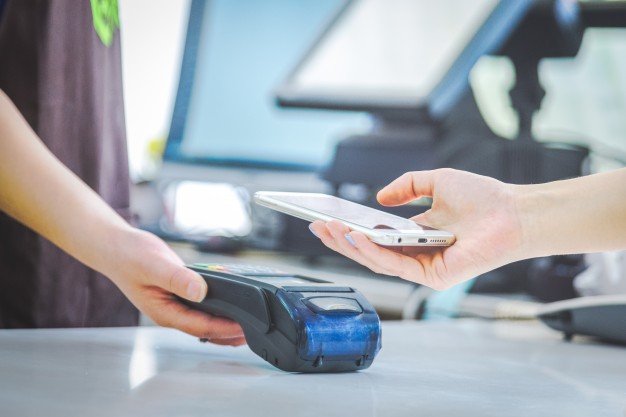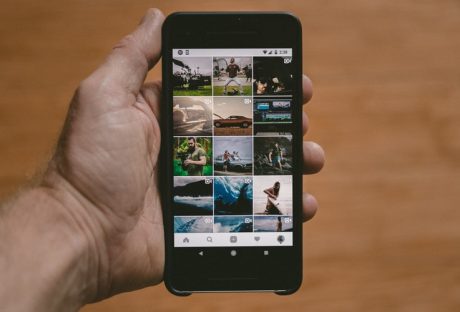Today’s world is the world of alternatives. You have a variety of choices. When you have so much to explore then why not to choose? You can create an interesting mobile application. You need to know the scope, time required and cost of the project. Given below are a few things you should know to estimate your mobile project.
Things to do before estimating the Mobile project report
There are several factors you need to consider before you want to prepare your mobile project report. In this article, you will get the complete details of it.
1. Estimations:
Many specialists recommend people to have an estimation of the future project. You should also do that. It is because the cost of software development is fixed. So you will be benefitted in the future. You should make a budget and execute the plan accordingly. You should clearly know how much you can afford. You will be able to act as per your efficiency. Generally, technology or any mobile project can be prepared in three months. You can plan everything in that duration.
2. Choose the platform:
The mobile phones can be either Android or iOS. You need some time to develop an application for both Android and iOS. You can choose anyone. Many people prefer to develop an application for both of them simultaneously. You can also do that. The cost of both of them is equal. So you need not to worry about that. Don’t make a decision on the basis of cost. Make a decision as per your business model. If it permits you to create two applications you can choose both of them. Otherwise, it will be better if you create an application one by one. It will result in reduced energy and time.
3. Features for the future:
Initially, you will have some features in your mind. You would love to add them up in the functioning of your application. Don’t commit a mistake by focusing on everything. Listing of functions will work. You should list all the functions. Then you need to prepare designs. Then you have estimated the cost. Late on you can add up functions as per your wish. But make sure not to put extra features. It will be suggested to start with fewer features. Let the application work. You can add more functions later. You can also update the version. This concept of fewer functions is called MVP (Minimum viable product).
4. Design the designs:
You will never be able to sell an app with poor UI/UX. You should have a brilliant designer in your team. He will transform your idea into an application. You should have some wireframes before having an estimate of the project. Designing the look of the application is very important. But make sure to have a good designer. He should be aware of the mobile environment. Only then he will be a helping hand for you. An experienced designer will guide you throughout the process. You need to have a design for both Android and iOS. You can also have a different application for Android and tablets. But it will be a time-consuming process.
5. Backend:
You should definitely have a backend developer of your project. A well-written API will save the time that developers will spend on supporting network functions. On the contrary, a poor API leads to prolongation of the development process. It is obvious that the project cost will increase due to it. If you have non-scalable API then correct it. You should rewrite it if it is badly written. It may appear to be time-consuming but it will be beneficial for future development. Like the designer, your backend developer should hold expertise and expertise. Be constantly in touch with him. Have a quality assurance.
Need for estimating a mobile project:
It is not mandatory to do preliminary project assessment. But it should be done to save time and money. It will help in understanding the evaluation procedure necessity. You may get new ideas and details the process of mobile application development. The process of preliminary evaluation appears to be complicated because of the difference in estimation.
Many developers evaluate cost and time differently. The difference arises because of their personal experience. This problem can be tackled by not having many evaluators. Take less evaluator and rely on their estimation. Having a preliminary estimate of the timing and cost of application development is the fundamental need.
Advantages of a Preliminary Assessment:
- You will have a competitive application budget.
- You can implement a lot of good ideas which were not implemented due to a shortage of finances.
- A correct evaluation will help you in arranging funds.
- You can forecast the future by assessing financial difficulties.
- You can schedule the work and distribute tasks accordingly.
- You will clearly know the cost, guideline, deadline, and materials required according to the project.
- In the absence of preliminary assessment time and energy are not fully used.
- You will know the mobile app design cost.
Procedure to be followed:
You should have a good team of professionals. A good team involves experienced evaluator, designer, backend developer etc. All of them should hold specialization in their fields. A good team will lead to an astonishing mobile application development. Resources will be fully used. There will be fewer errors.
Secondly, you should know the target of your application. You should know answers to a few questions. After that, you will be able to prepare a budget. You should know who will use your mobile application. What are their expectations? Such kind of questions will help in the initial assessment.
Just after the preparation of the budget, the mobile application design begins. You need to create a minimum viable product. There will arise many problems. You have to constantly evaluate them in order to make justice with your budget. You will come across some issue which developers might be facing. Be in constant touch to help them out.
Conclusion:
To have an estimate of a mobile project will surely help you out. The only condition is that you have to do that properly. Know the mobile app design cost and make an amazing mobile project.
Read Also:






















